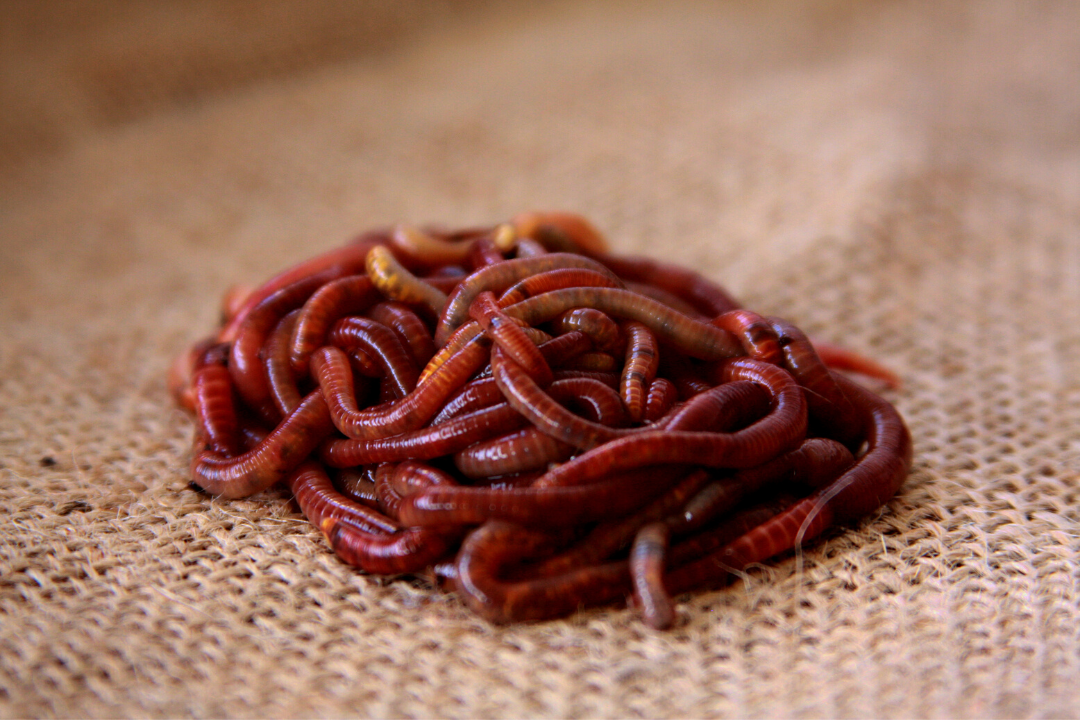Unlock the Keys of Red Wigglers: Your Guide to Composting Success
The integration of red wigglers right into composting techniques provides a substantial chance for improving soil health and advertising sustainability. These microorganisms are not merely effective recyclers of organic waste; they offer a myriad of benefits that can change yard monitoring. Understanding their needs and behaviors is vital for maximizing their potential, from establishing a proper worm bin to feeding them the appropriate materials. As we discover the necessary parts of successful vermicomposting, one might wonder just how these little creatures can lead to an extra vibrant and efficient yard community.

What Are Red Wigglers?
(Red Wiggler Express)Red wigglers, clinically called Eisenia fetida, are a types of earthworm primarily made use of in composting because of their amazing ability to disintegrate raw material efficiently. These worms are defined by their reddish-brown coloration and a segmented body, commonly gauging in between 3 to 4 inches in size. Unlike other earthworm varieties, red wigglers prosper in rich, natural environments, making them suitable for vermicomposting systems.
Belonging To North America, they are usually located in decomposing leaves and compost heap, where they play a vital function in nutrient recycling. Their adaptation to living in a wet, aerobic atmosphere allows them to take in large quantities of natural waste, damaging it down right into nutrient-rich castings that boost soil health.
Red wigglers duplicate rapidly, with a single worm with the ability of producing numerous cocoons weekly, each consisting of numerous hatchlings. This rapid reproduction rate adds to their performance in composting operations. They prefer temperatures between 60 ° F and 80 ° F, and their activity level raises dramatically within this array, further aiding in the disintegration procedure. Recognizing the biology and habits of red wigglers is crucial for maximizing their capacity in composting applications.
Benefits of Making Use Of Red Wigglers
Taking advantage of the power of red wigglers in composting provides many advantages that improve soil health and promote sustainable waste monitoring. These remarkable microorganisms effectively damage down raw material, changing cooking area scraps and lawn waste into nutrient-rich vermicompost. This finished item is incredibly valuable for plant growth, as it boosts soil structure, boosts wetness retention, and enhances nutrition availability.

(Red Wiggler Express)Furthermore, the visibility of red wigglers in your composting system can increase the composting process, producing top notch compost in a fraction of the time contrasted to standard methods. The spreadings generated by these worms are also including helpful microbes that better enrich the dirt ecosystem.
Establishing Your Worm Container
Developing a reliable worm bin is a straightforward process that can dramatically boost your composting efforts. Worm containers can be made from plastic storage space bins, wood boxes, or readily offered worm bins.
Following, prepare the bedding material, which serves as the worms' environment. A mix of shredded paper, cardboard, and coconut coir functions well, providing a comfortable setting for the worms. Go for a bed linen depth of about 4-6 inches. Moisten the bedding lightly, guaranteeing it looks like a damp sponge without excess water merging near the bottom.

Feeding Your Red Wigglers
To guarantee the wellness and performance of your red wigglers, it is important to provide them with a balanced diet that satisfies their dietary demands. Red wigglers thrive on a varied range of organic materials, which not just supply needed nutrients however additionally advertise efficient composting.
Beginning by incorporating kitchen area scraps such as vegetable peels, fruit cores, and coffee grounds. Avoid citrus fruits, onions, and garlic, as these can be destructive to worm wellness. Additionally, introduce shredded paper, cardboard, and dry fallen leaves to create a well-aerated setting.
Feeding regularity must be kept track of; usually, worms can take in half their body weight in food weekly. It is vital to stay clear of overfeeding, as excess food can cause unpleasant odors and bring in bugs. A good technique is to include food in small amounts, allowing worms to process it prior to introducing a lot more.
Keeping dampness levels is also crucial; the bed linen ought to perspire yet not soaked. Last but not least, be sure to consistently check the temperature level and pH degrees of the bin to ensure an ideal setting for your red wigglers, eventually boosting their composting efficiency.
Harvesting and Making Use Of Compost
An effective composting process with red wigglers culminates in the abundant, dark garden compost known as vermicompost, which can considerably improve soil health and plant development. Gathering this nutrient-dense material usually takes place every three to 6 months, depending on the dimension of your system and the quantity of organic matter being refined.
To collect, carefully different the garden compost from the worms and any kind of undecomposed materials. One efficient approach includes relocating the materials of the container to one side and adding fresh bed linens and food to the void, urging the worms to move. After a few days, the garden compost can be gathered from the contrary side.
It is important to use vermicompost correctly to maximize its benefits. By including vermicompost right into your gardening routine, you not only recycle organic waste however likewise develop a successful environment that sustains sustainable horticulture techniques.
Final Thought
In summary, red wigglers offer as outstanding allies in composting efforts, changing natural waste right into nutrient-rich vermicompost. By comprehending the optimum conditions for their habitat, feeding needs, and compost harvesting techniques, garden enthusiasts can enhance dirt wellness and promote plant vitality.